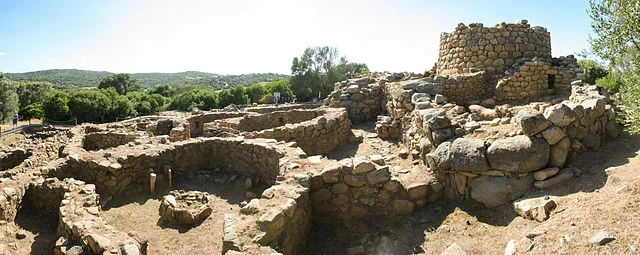The Nuraghe La Prisciona, a Nuragic complex, is one of the notable examples of prehistoric architecture in Sardinia. This site, near the modern town of Arzachena in northern Sardinia, dates back to the Bronze Age. Archaeologists believe it was built around 1300 BC and used for various purposes by the Nuragic civilization until the Roman era. Nuraghe La Prisciona is significant for understanding the Nuragic people, their construction techniques, and their way of life.
Get your dose of History via Email
Structure and Layout of Nuraghe La Prisciona
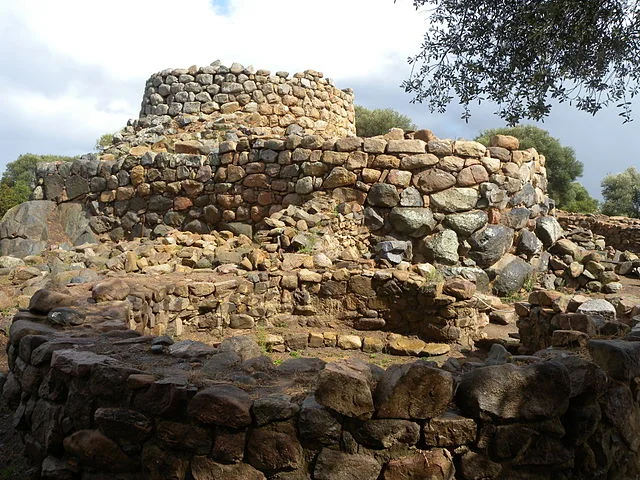
Nuraghe La Prisciona is a “complex nuraghe,” which means it consists of multiple towers. The central tower, or mastio, is the primary structure, built from large blocks of local granite. This central tower originally rose over 10 meters, though only parts of it remain today. It was surrounded by smaller auxiliary towers, likely connected by a corridor or a wall.
The Nuragic builders skillfully placed each stone without mortar, relying on precise cutting and weight to secure the structure. The site includes a courtyard area that may have served social, religious, or defensive functions. The surrounding walls indicate a defensive purpose, suggesting that Nuraghe La Prisciona was not just a residence but also a fortified place of gathering.
Purpose and Use
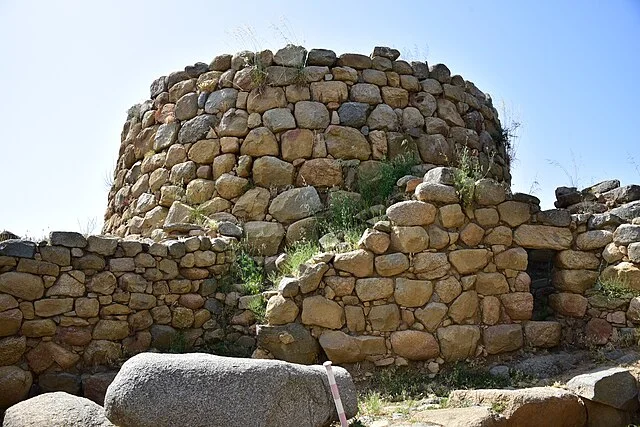
Nuraghe La Prisciona likely served as a multifunctional structure. Archaeologists believe it was a combination of a military fort, a place of worship, and a residence. The thick walls and strategic location on elevated ground indicate defensive purposes, while the complexity of the structure suggests its importance within the Nuragic community. Recent excavations uncovered artifacts that hint at domestic life, suggesting people lived within the nuraghe.
Additionally, pottery and tools found on-site indicate Nuraghe La Prisciona’s role in local trade networks. The artifacts are consistent with Bronze Age Nuragic culture and hint at external interactions, possibly with other Mediterranean cultures. However, no written records from the Nuragic civilization exist, so these conclusions are based solely on archaeological evidence.
Excavations and Discoveries
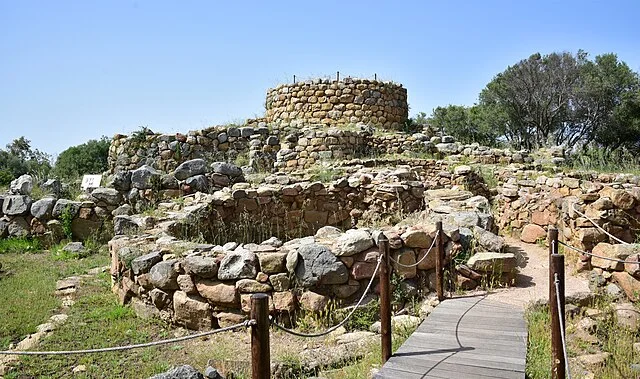
Excavations at Nuraghe La Prisciona have revealed a wealth of artifacts, helping to piece together Nuragic life. Archaeologists have found pottery shards, stone tools, and items likely used in daily life. In addition, fragments of imported goods suggest connections with the Mycenaeans and other Mediterranean societies during the Bronze Age. These findings indicate that the Nuragic civilization was not isolated but interacted with other cultures.
The site has also provided valuable data on Nuragic construction methods. The large granite blocks forming the nuraghe are carefully cut and stacked, demonstrating advanced stonework techniques. Excavations have also uncovered remnants of storage areas, likely used for preserving food and supplies.
Importance of Nuraghe La Prisciona
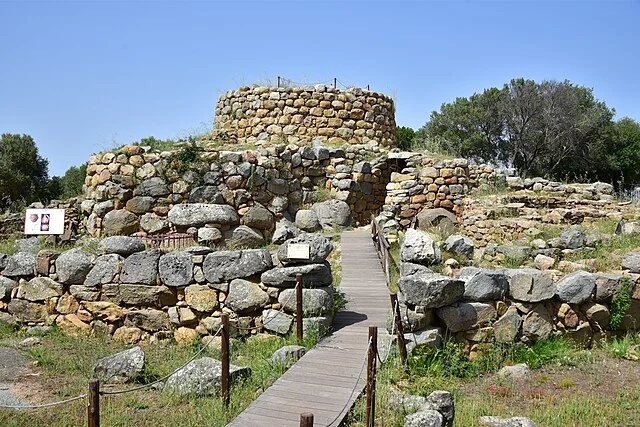
Nuraghe La Prisciona offers insight into the architecture, society, and cultural practices of the Nuragic civilization. Its well-preserved remains allow scholars to study the engineering skills of the Nuragic builders. The site also offers a glimpse into the social hierarchy, trade practices, and external relations of the Nuragic people. Unlike other civilizations, the Nuragic culture left no written records, so archaeological sites like Nuraghe La Prisciona are essential to understanding their way of life.
Additionally, this site holds significance as one of the few well-preserved nuraghes open to the public. This accessibility has increased interest in Nuragic culture, providing visitors with an authentic view into Sardinia’s ancient history.
The Nuragic Civilization in Context
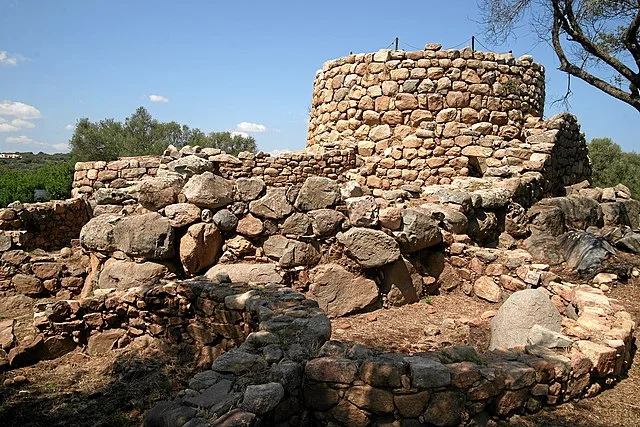
The Nuragic civilization, unique to Sardinia, thrived from the 18th century BC to the Roman conquest around the 2nd century AD. The nuraghes, numbering in the thousands across Sardinia, are the most recognizable markers of this culture. These tower-like structures served as dwellings, forts, and temples, indicating that the Nuragic society was complex and organized.
The Nuragic people were skilled in metalworking and had trade connections across the Mediterranean. However, much of their history remains unclear due to the lack of written records. Archaeological sites, such as Nuraghe La Prisciona, offer the primary means of studying this enigmatic culture.
Conclusion
Nuraghe La Prisciona stands as an essential archaeological site for studying the Nuragic civilization. Its architectural complexity, artifacts, and strategic location provide a unique perspective on the Bronze Age people of Sardinia. Through continued research and excavation, Nuraghe La Prisciona continues to reveal the mysteries of the Nuragic culture, contributing to a broader understanding of Mediterranean prehistory.
Source:

